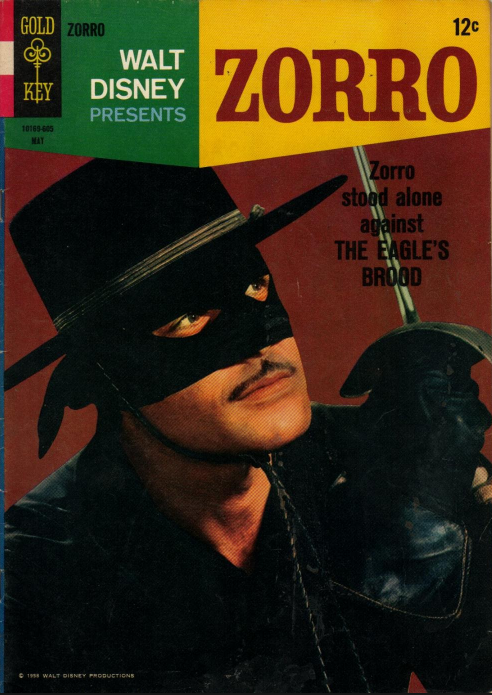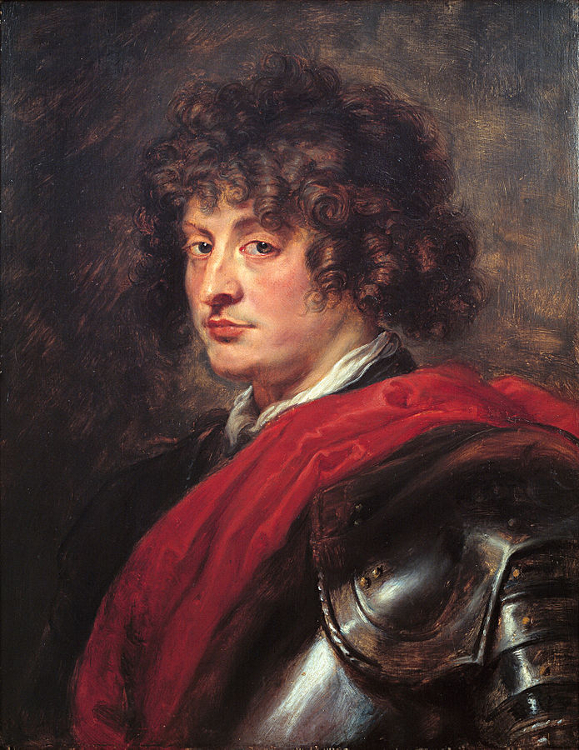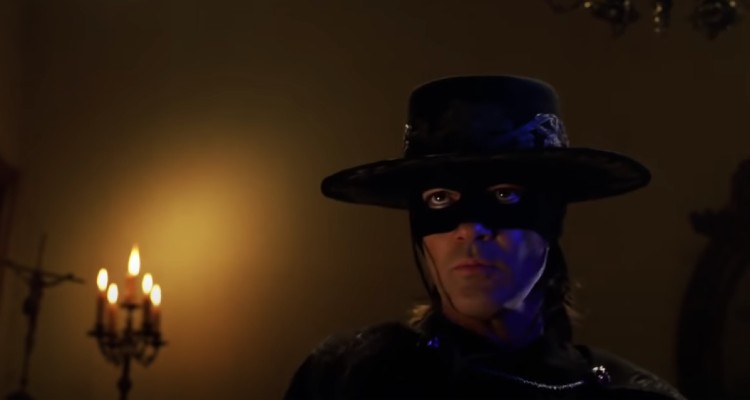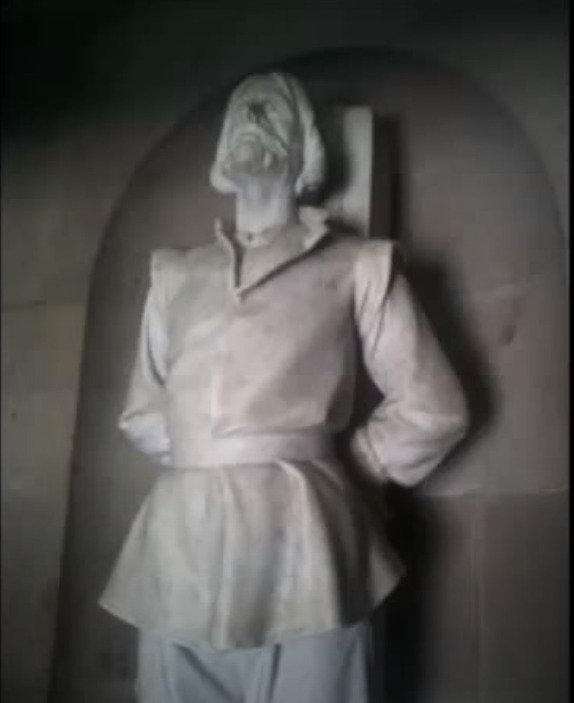Research Now Shows The Real-Life Inspiration For Zorro Was Irish, Not Spanish

The legend and mask of Zorro conjure up a distinct image of a lionhearted swordsman on horseback and dressed all in black, who underneath is Spanish nobleman and adventurer Don Diego de la Vega. Zorro is an Hispanic hero, one of the first, and that has stood true for a century.

However, his creator Johnston McCulley based him on real historical figures and, while McCulley’s creation could be a composite of several individuals, one stands out as the clear and unanimous inspiration. To boot, he isn’t exactly who you’d expect.
Meet William Lamport, a seventeenth-century red-haired Irishman of noble birth and expatriate with chronicles of espionage, standing up for truth, justice, and the underprivileged – and with a fair bit of swashbuckling to go along – were largely lost to history for a long time.

His story was turned into a romance novel by a Mexican general in 1872. This served as the template for McCulley’s tales but other than that it took longer for Irish and Spanish historians to dig through Mexican Inquisition archives to discover more about Lamport.
A Catholic, he got in trouble for promoting the faith in a time when that was forbidden and punishable by death as a crime of sedition. Escaping with pirates to Spain, he became part of an Irish regiment and found favor with the Duke of Olivares, Gaspar de Guzmán y Pimentel.
Because of his fluency in Spanish and 14 other languages, the Duke sent Lamport – having changed his name by then to Guillen Lombardo – to Mexico to spy on a viceroy and the rebels against Spanish rule.

As these stories tend to unfold, Lamport’s sympathies soon turned toward the lower classes opposed to the establishment and he became a political dissident finding himself in and out of jail, as well as on the wrong side of the Spanish and Portuguese crowns.
In favor of Mexican independence, he tried to start a rebellion with the support of the Native population and enslaved Africans. Lamport, an abolitionist who wrote on the moral indignity of the slave trade, abhorred the practice.

RELATED: Report: Quentin Tarantino and Jerrod Carmichael Working on Django/Zorro Movie
It was one more disagreement he had with the elites of the time and they pulled strings to see him sentenced to death by burning at the stake. Some accounts say during his execution Lamport was able to undo his bonds and hang himself before he could be burned alive.
Records of his life were arcane but in Mexico, he is honored publicly. A statue of him stands inside the country’s Monument to Independence in Mexico City as a reminder of his role in that fight.

Given this information, should it be considered feasible to race bend Zorro in the future – as if that could actually happen? Absolutely not. The character of cinema, TV, and literature who leaves his mark is traditionally Spanish/Latin American and should remain so.
The life of William Lamport on the other hand would make for a thrilling historical adaptation in its own right. You can learn more about him in the book The Irish Zorro: The Extraordinary Adventures of William Lamport by Gerard Ronan.

Were you surprised by this obscure history? Let us know in the comments below.
More About:Comic Books Movies






